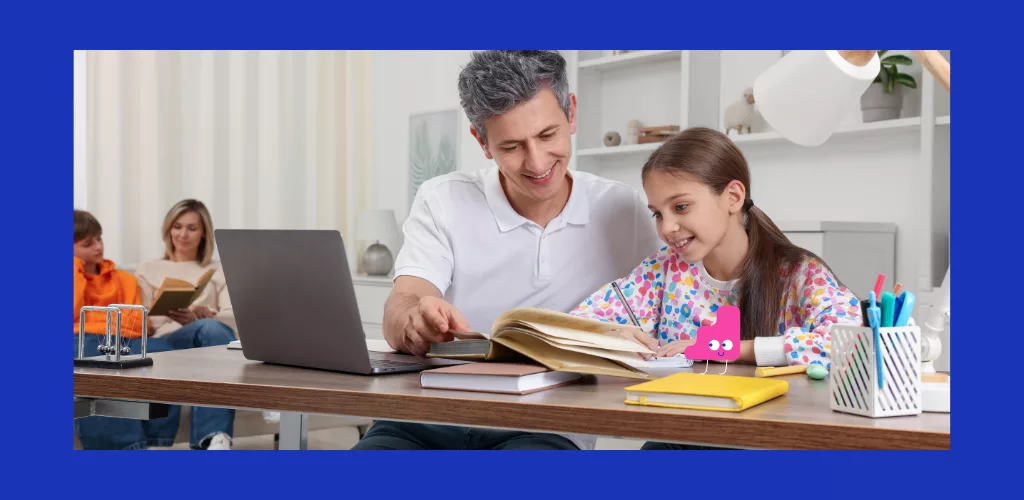Social networks and harassment: is the digital world of teenagers a danger?
An increase in school violence
Social networking sites have transformed school bullying into a more pernicious phenomenon: cyberbullying. Unlike mockery or aggression at school, these attacks continue online, making it impossible for victims to find refuge at home. According to studies, 60% of middle-school students think that adults don't know how to deal with harassment, a worrying finding that underlines the urgent need for action.
Multiplied suffering
In the case of cyberstalking, social networks act as sounding boards. Humiliating content, whether photos, videos or messages, can be seen, commented on and shared by hundreds of people, compounding the impact on victims.
Why do social networks encourage harassment?
The role of pseudonymity
The ripple effect and popularity
How do you respond to cyberbullying?
Identifying warning signs
Tools for parents and young people
Prevention through education
Conclusion
To find out more about the impact of social networking on young people's mental health, and to discover practical advice on how to support your children, listen to episode 8 of the Generation Parents podcast.




0 comments